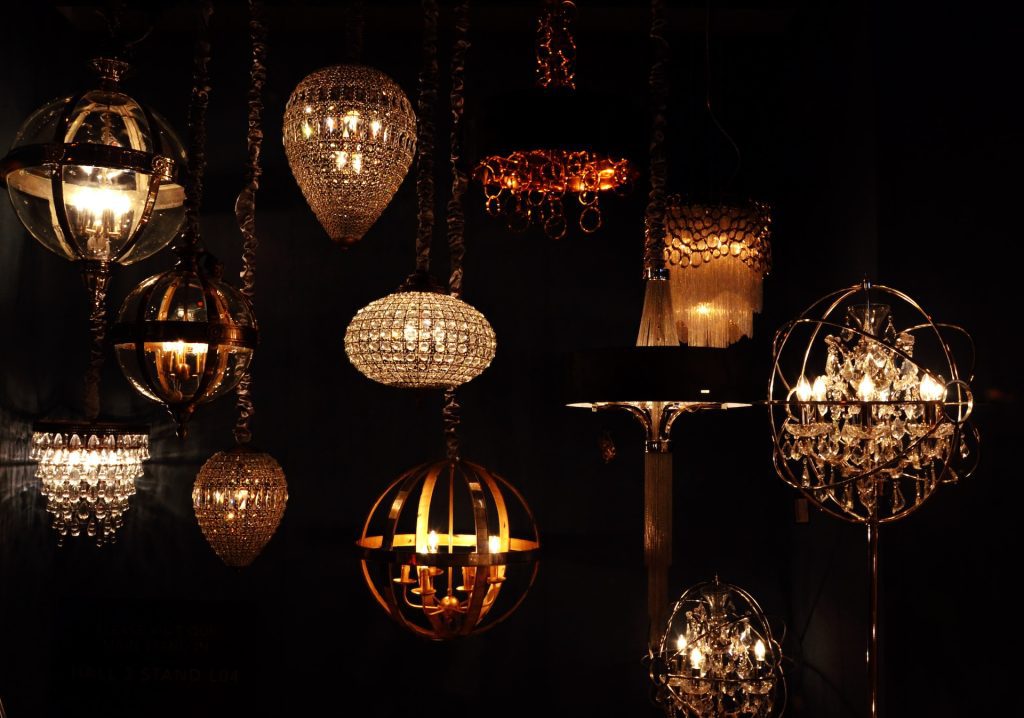As winter relinquishes its icy grip, the world undergoes a magical metamorphosis, welcoming the arrival of spring. This transitional period, marked by the subtle shift in temperature and the lengthening of daylight hours, sets the stage for nature's grand spectacle. Spring, often coined as the season of rebirth, unfurls its floral tapestry, transforming once-dormant landscapes into vibrant displays of color.
The significance of flowers in heralding the season is profound. These delicate blooms act as nature's heralds, announcing the end of the frosty slumber and the awakening of life. As the first buds emerge, there is a palpable sense of anticipation that permeates the air. Each petal unfurling is a testament to the resilience of life, a visual ode to the cyclical rhythm of nature.
The joy associated with the first blooms is unparalleled. It's a collective celebration of survival, a triumph over the harshness of winter. The vibrant hues of tulips, the golden trumpets of daffodils, and the ethereal blush of cherry blossoms evoke a sense of wonder and awe. These blooms don't just decorate the landscape; they infuse it with a renewed energy, captivating hearts and uplifting spirits.
Beyond their aesthetic appeal, spring blooms hold cultural and symbolic significance. They are revered as symbols of hope, renewal, and the fleeting beauty of life. Communities gather to witness the blossoming of cherry trees, participating in festivals that pay homage to the transient yet exquisite nature of these blooms. In the arrival of spring blooms, we find a powerful metaphor for resilience, hope, and the cyclical nature of existence.
As the earth bursts forth in a riot of colors, we are reminded that, like the flowers, we too can emerge from challenges with renewed vibrancy. Spring flowers, therefore, become not just a visual spectacle but a profound reflection of life's enduring spirit.
Tulips: Majestic Harbingers of Spring
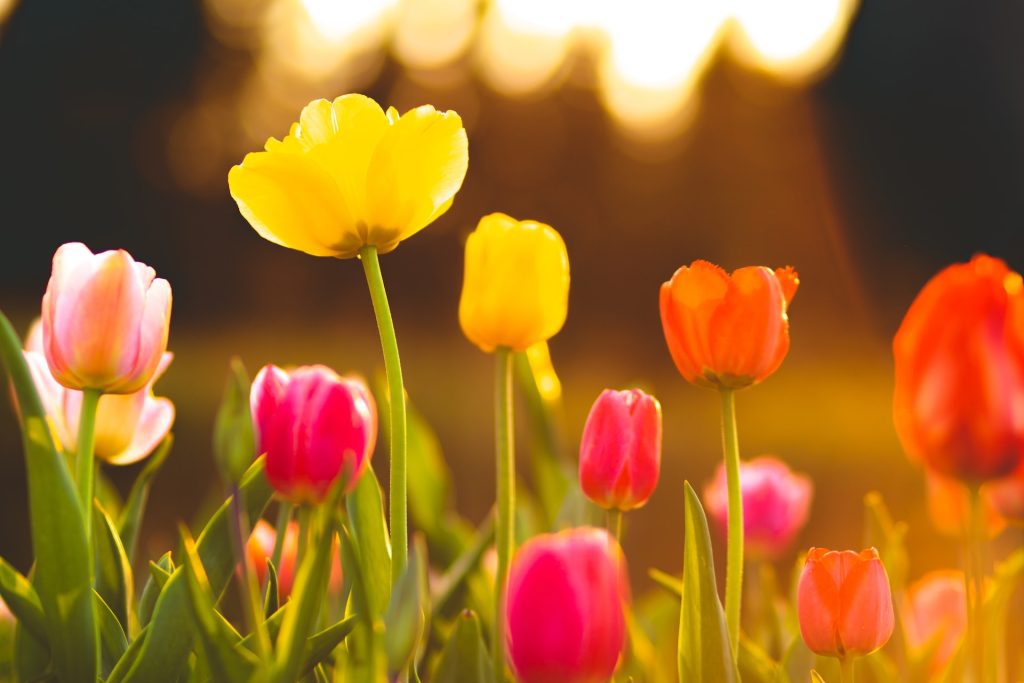
Tulips, the majestic harbingers of spring, stand as iconic symbols of beauty and renewal. As the earth awakens from its winter slumber, tulips unfurl their petals in a dazzling array of colors and shapes, creating a captivating spectacle. From the classic elegance of single-petaled varieties to the intricate beauty of parrot tulips with their feather-like edges, these blooms showcase a remarkable diversity that mirrors the vibrancy of the season.
The charm of tulips lies not only in their visual appeal but also in their rich symbolism. Historically, tulips have been associated with prosperity and abundance, with their origin dating back to the Ottoman Empire. In the 17th century, tulips became the centerpiece of a phenomenon known as Tulipmania, a period of intense speculation and fascination with these blooms in the Netherlands.
Different colors of tulips carry distinct meanings, adding layers of symbolism to their beauty. Red tulips, for instance, symbolize deep love and passion, while yellow tulips convey cheerful thoughts and sunshine. White tulips are often associated with purity and forgiveness, creating a language of emotions expressed through nature's palette.
Beyond their historical and symbolic significance, tulips have become synonymous with the joyous arrival of spring. Their emergence from the soil represents a triumph of life over winter's grasp, a celebration of resilience and the promise of brighter days ahead. Gardens adorned with tulips become vibrant canvases, painting landscapes with hues that echo the renewal of nature.
Daffodils: Sunshine in Petal Form
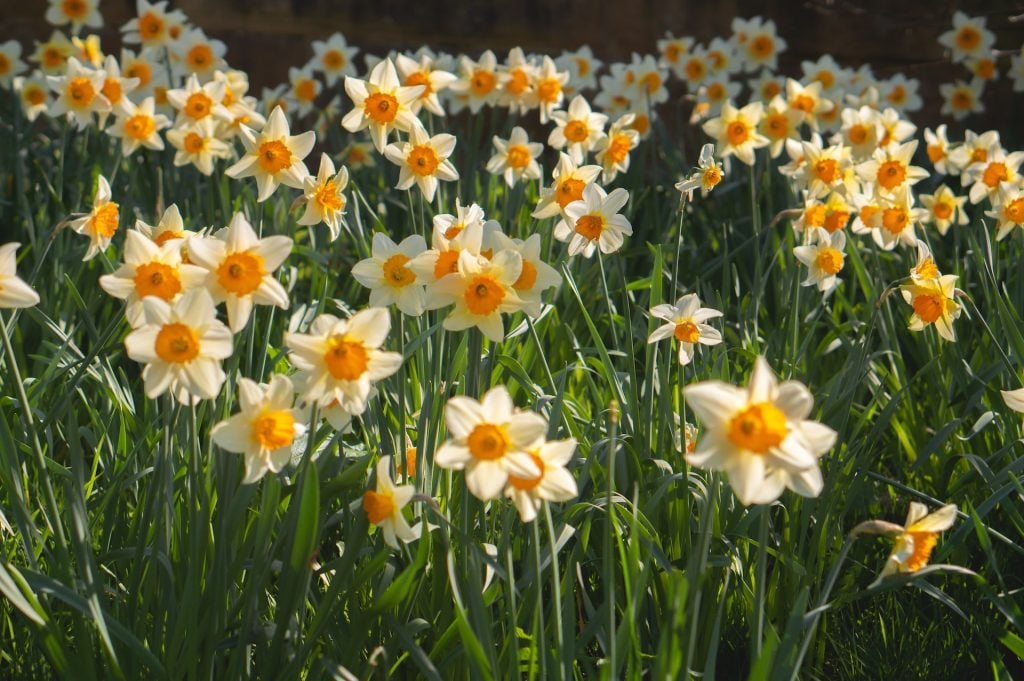
Daffodils, often referred to as sunshine in petal form, herald the arrival of spring with their vibrant and cheerful demeanor. These golden blooms, resembling rays of sunlight, infuse gardens with an infectious energy, lifting spirits and signaling the end of winter's grasp. Their trumpet-shaped flowers, available in a spectrum of yellow and white hues, create a dazzling display that instantly transforms any landscape into a haven of warmth and joy.
The vibrant nature of daffodils extends beyond their visual appeal. Their distinctive fragrance, a subtle blend of sweetness and freshness, adds an olfactory dimension to the springtime experience. As perennial bulbs, daffodils are not only a one-time wonder but return year after year, symbolizing the enduring spirit of the season.
For those looking to maximize the visual impact of daffodils, strategic planting and arrangement are key. Planting daffodil bulbs in clusters or along garden borders creates a striking effect, enhancing their collective beauty. When arranging daffodils in vases, consider mixing different varieties to add depth and dimension to the bouquet. Cutting the stems at varying lengths allows for a dynamic arrangement, showcasing the varying heights and shapes of the blooms.
When arranging daffodils, it's important to keep them separate from other flowers initially, as their sap can be harmful to some blooms. After a few hours in water, this sap is less potent, and they can be combined with other flowers.
Cherry Blossoms: Nature's Pink Canopy
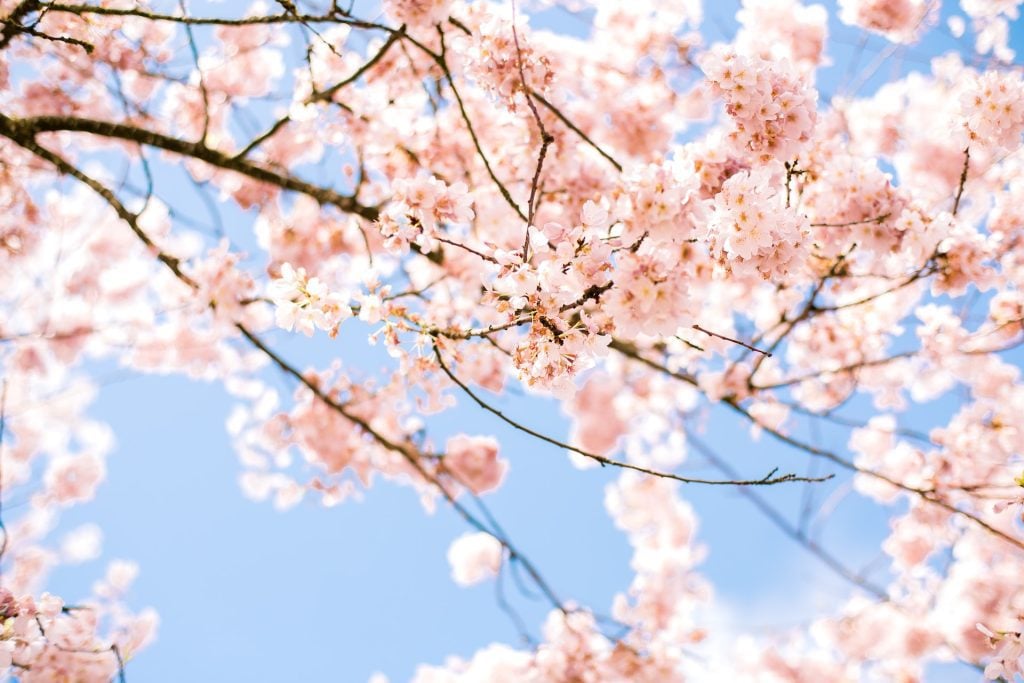
Cherry blossoms, nature's ephemeral pink canopy, paint the springtime landscape with a breathtaking display of ethereal beauty. These delicate blossoms, adorning cherry trees in shades of soft pink and white, captivate hearts and minds, signaling the arrival of the much-anticipated spring season. Their brief but enchanting bloom transforms trees into living art, casting a poetic spell over parks, streets, and gardens.
Beyond their visual allure, cherry blossoms hold deep cultural significance, particularly in East Asian traditions. In Japan, the annual cherry blossom season, known as Hanami, is a cherished cultural event. The blossoms symbolize the transient nature of life, emphasizing the beauty of fleeting moments. Families and friends gather under blooming cherry trees, celebrating nature's beauty and the renewing spirit of spring.
The joy that cherry blossoms bring extends beyond Japan, influencing spring festivals around the world. In Washington, D.C., the National Cherry Blossom Festival draws crowds eager to witness the city's iconic cherry trees in full bloom. The festival, with its parades, performances, and traditional tea ceremonies, exemplifies the universal delight inspired by these delicate flowers.
Cherry blossoms, with their delicate petals dancing in the breeze, evoke a sense of purity and renewal. They remind us of the cyclical nature of life and the importance of appreciating the present moment. As cultural ambassadors of spring, cherry blossoms transcend their botanical identity, becoming symbols of hope, renewal, and the timeless beauty that emerges from nature's ever-changing canvas.
Their brief but enchanting appearance serves as a reminder to cherish the fleeting yet profound moments that make life extraordinary.
Hyacinths: Fragrant Blooms in a Rainbow of Colors
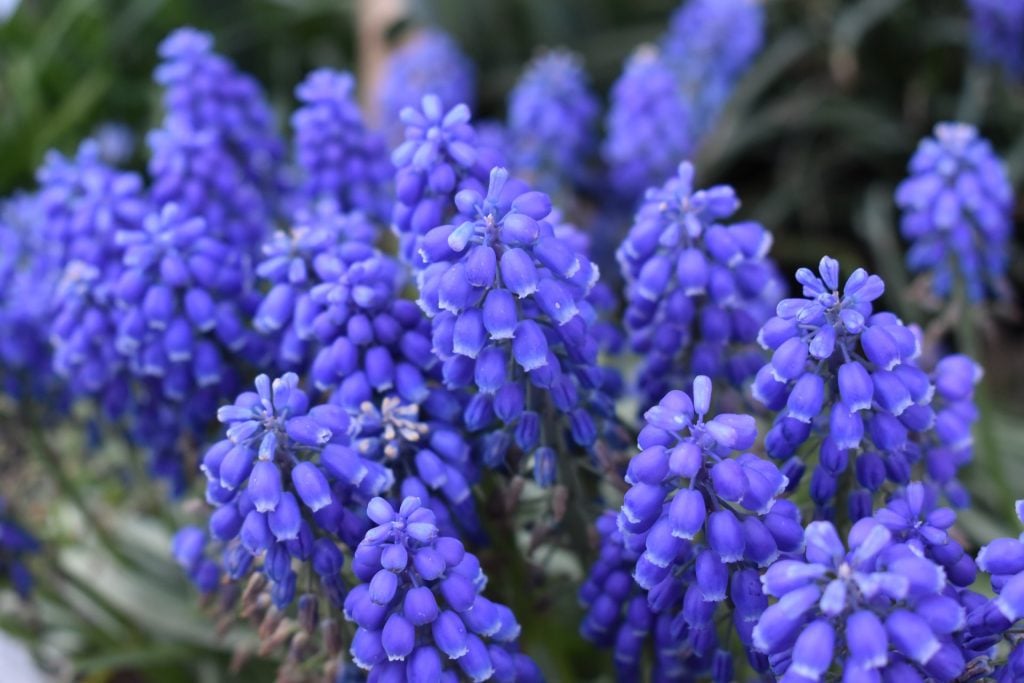
Hyacinths, nature's aromatic gems, enchant the senses with their captivating fragrances and a vibrant array of colors. As spring unfolds, these blossoms emerge in a rainbow of hues, transforming gardens into olfactory and visual spectacles. The distinctive scent of hyacinths, a heady combination of sweetness and spice, adds a sensory layer to the springtime experience, making them a cherished addition to any floral landscape.
One of the remarkable features of hyacinths is the diversity of colors they exhibit. From deep purples and blues to pinks, whites, and yellows, hyacinths offer a palette that satisfies every aesthetic preference. Each color variation is accompanied by its own unique fragrance, creating a symphony of scents that permeates the air.
Deep purple hyacinths, for instance, often emit a rich, sweet fragrance, while blue varieties may have a fresher, slightly citrusy scent. Pink and white hyacinths tend to exude a delicate, floral aroma, and yellow hyacinths often carry a hint of citrus or honey. The combination of visual beauty and aromatic richness makes hyacinths a favorite among those seeking a sensory feast in their spring gardens.
Planting hyacinths strategically in garden beds or containers allows for a delightful sensory journey, as the fragrance intensifies when the flowers are in close proximity. As they sway in the spring breeze, hyacinths not only visually captivate but also beckon passersby with their irresistible and distinctive scents, creating a fragrant haven that encapsulates the essence of spring.
Lilies: Elegant and Timeless
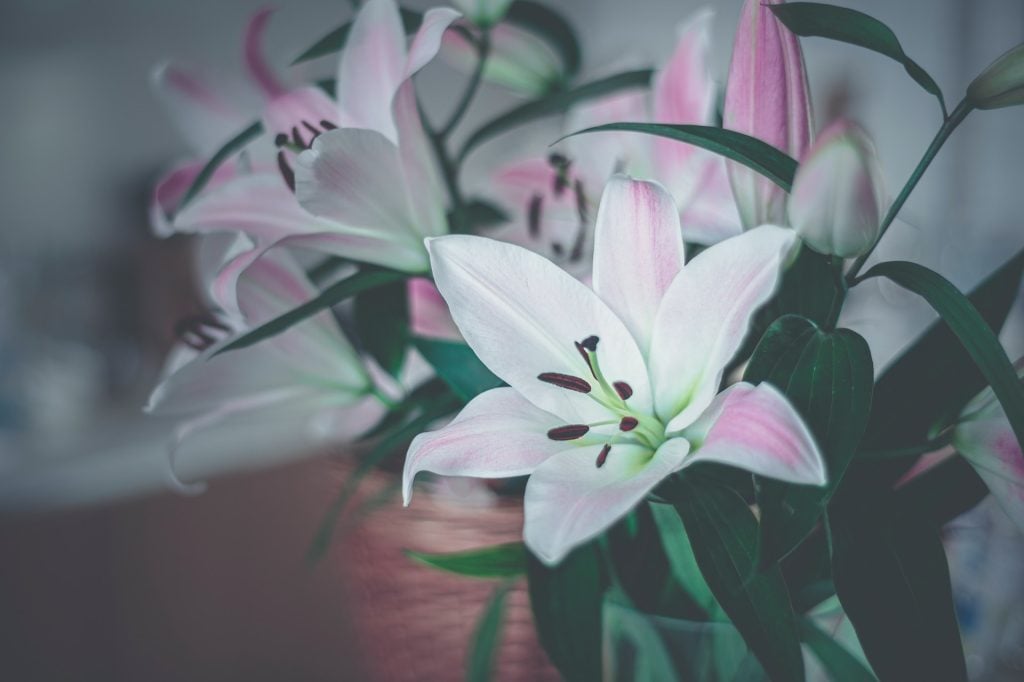
Lilies, the epitome of elegance and timeless beauty, grace gardens with their regal presence and diverse forms. These exquisite blooms, with their graceful petals and often intoxicating fragrance, are revered for their ability to add a touch of sophistication to any floral arrangement. Lilies come in various types, each possessing its unique charm and symbolic significance.
Oriental lilies, with their large, showy blooms and rich colors like deep reds and pinks, exude an alluring fragrance. The stargazer lily, in particular, captures attention with its vibrant hues and dramatic appearance. Asiatic lilies, on the other hand, boast a more understated elegance with their upward-facing blooms and a broader range of colors, including whites, yellows, and oranges.
Symbolically, lilies carry diverse meanings. The white lily, often associated with purity and virtue, is a popular choice for weddings and religious ceremonies. The tiger lily symbolizes wealth and prosperity, while the daylily represents coquetry and playful flirtation. Each variety of lily, with its unique characteristics and symbolism, allows individuals to express sentiments and emotions through the language of flowers.
The versatility of lilies extends beyond their aesthetic appeal, making them suitable for various occasions and settings. From formal arrangements to casual garden landscapes, lilies effortlessly elevate the ambiance with their timeless charm. As enduring symbols of beauty and grace, lilies continue to be cherished, embodying a timeless elegance that transcends seasons and trends in the ever-changing tapestry of the floral world.


